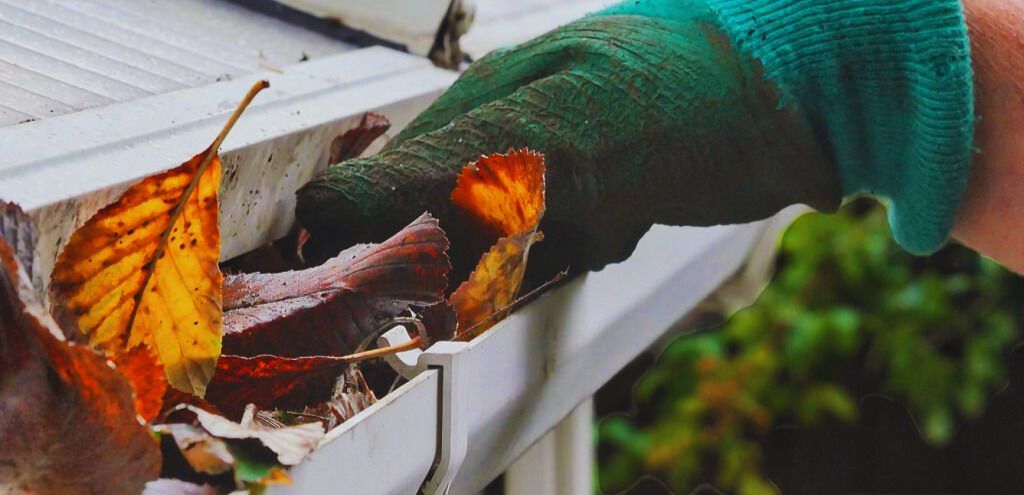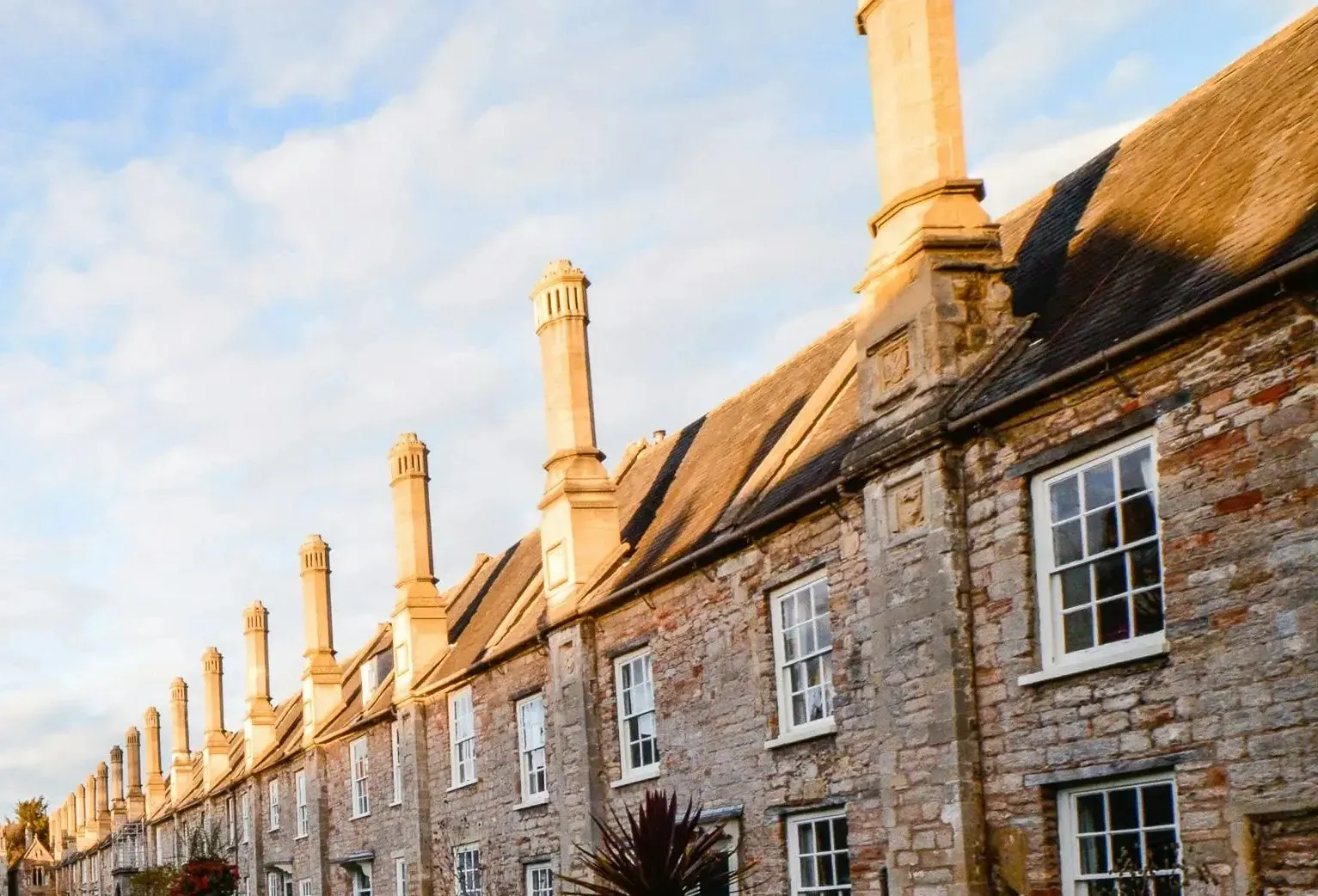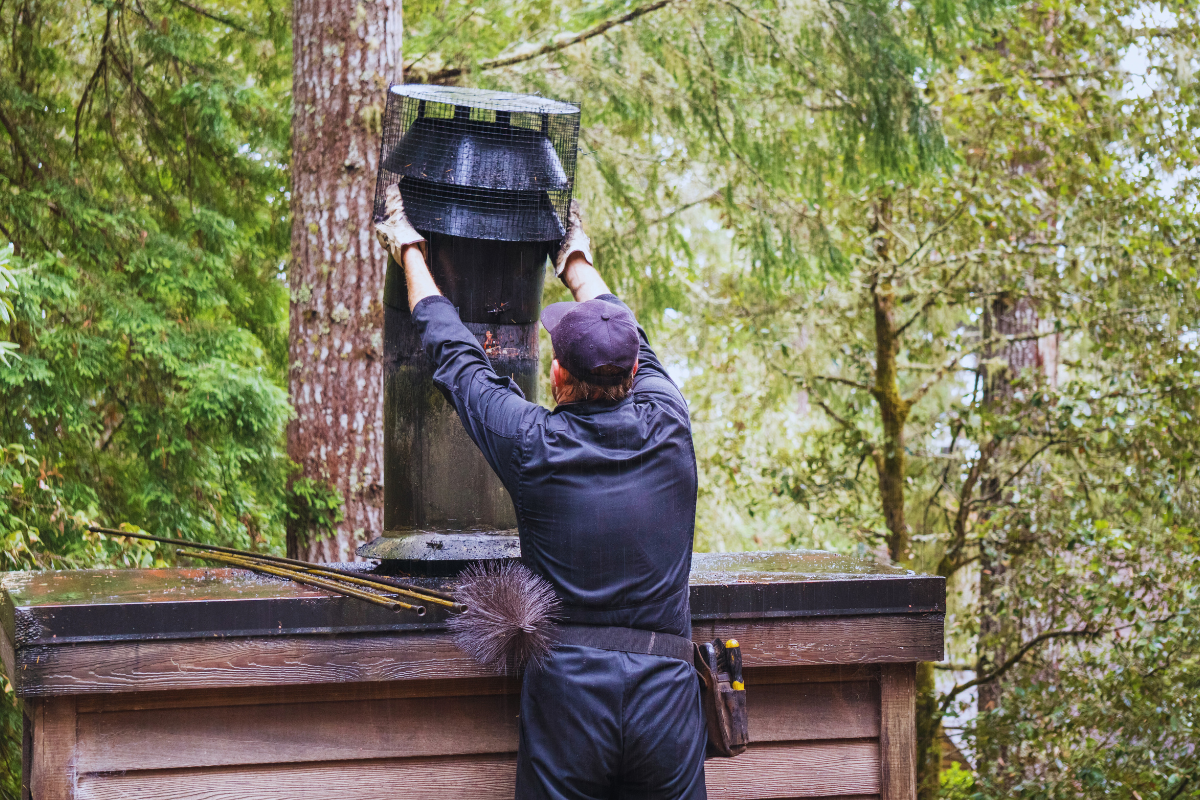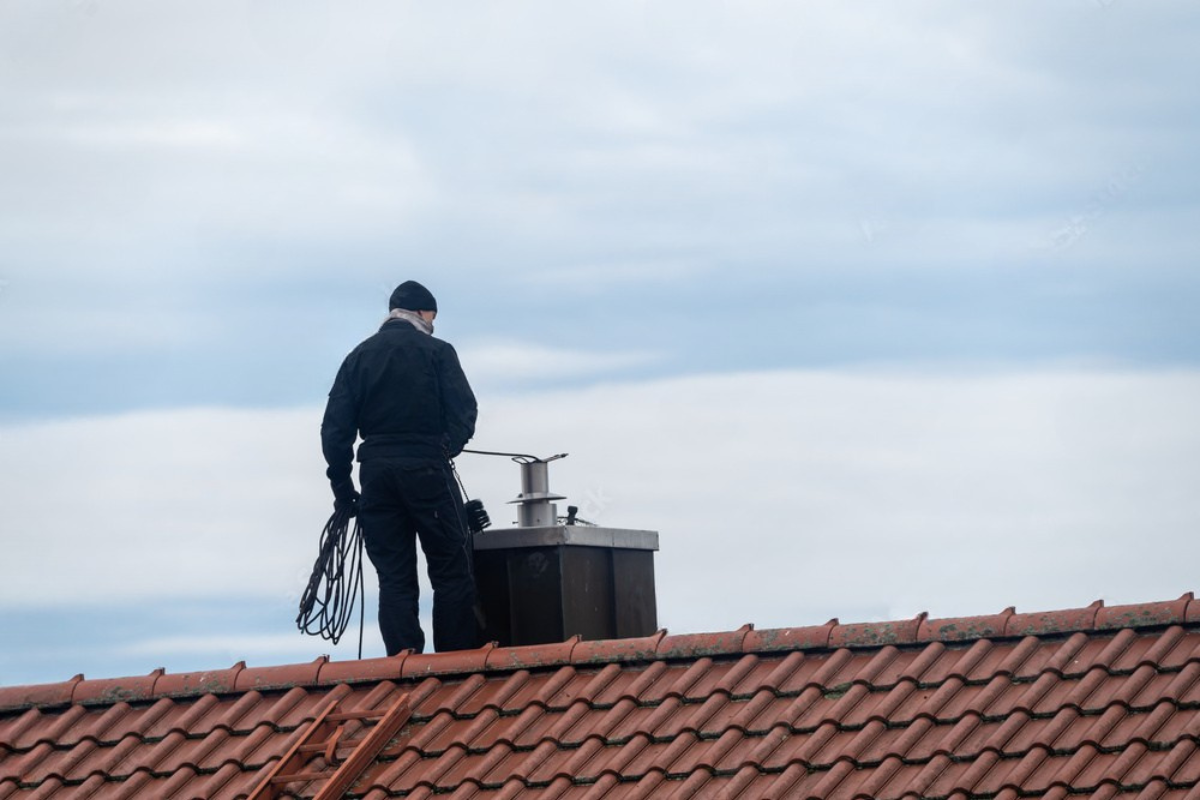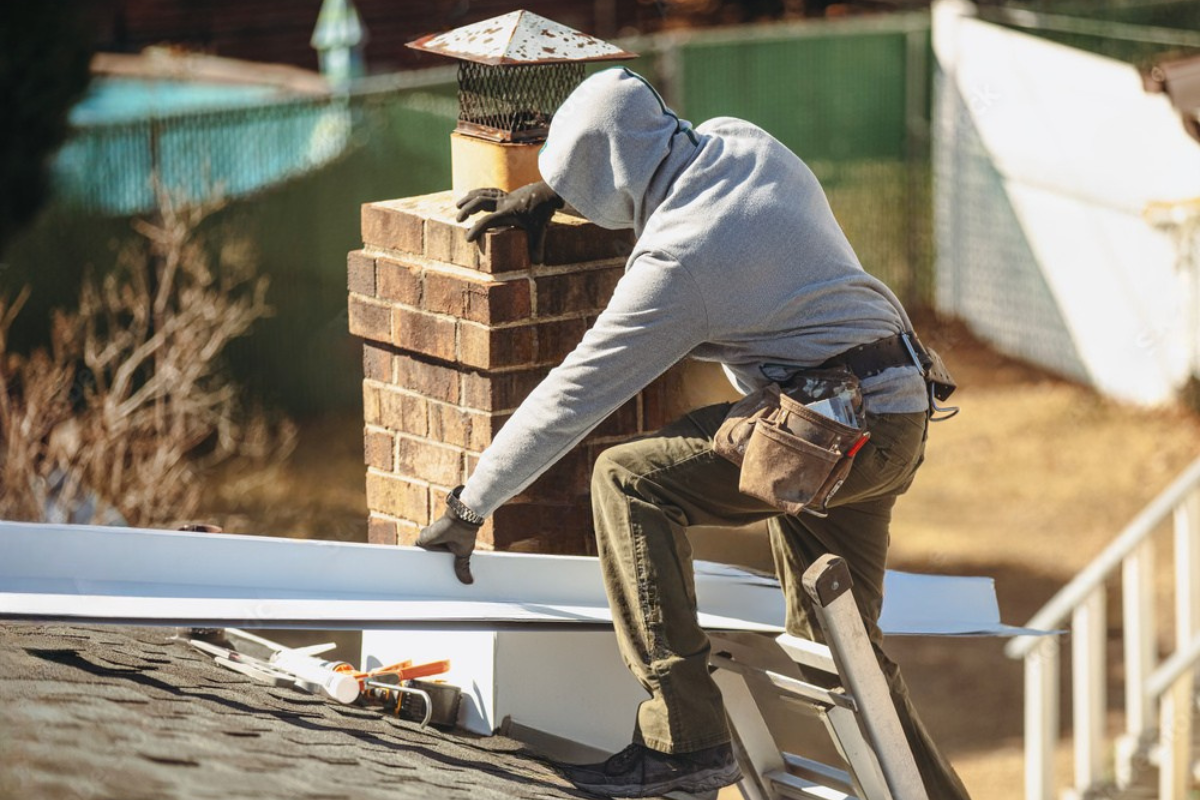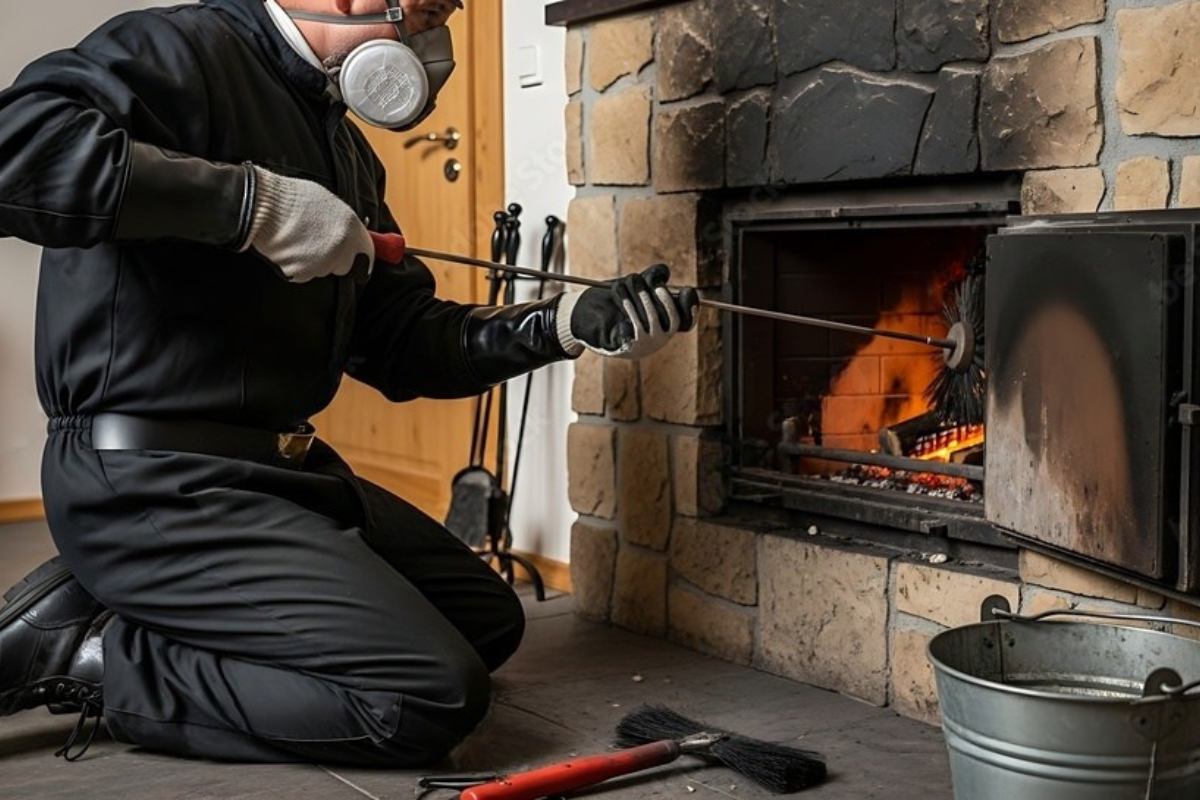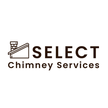Seasoned vs. Unseasoned Wood: Key Differences Every Wood User Should Know
Why Understanding Wood Seasoning Matters
The debate over seasoned vs. unseasoned wood may sound trivial to the average person. However, for homeowners, woodworkers, and fireplace enthusiasts, understanding the differences is crucial. The choice affects not only efficiency and safety but also long-term costs, environmental impact, and even health.
Seasoned vs. unseasoned wood sits at the heart of discussions around proper wood-burning practices, structural woodworking stability, and even insurance policies related to fire safety. Let's unpack every facet of this essential topic.
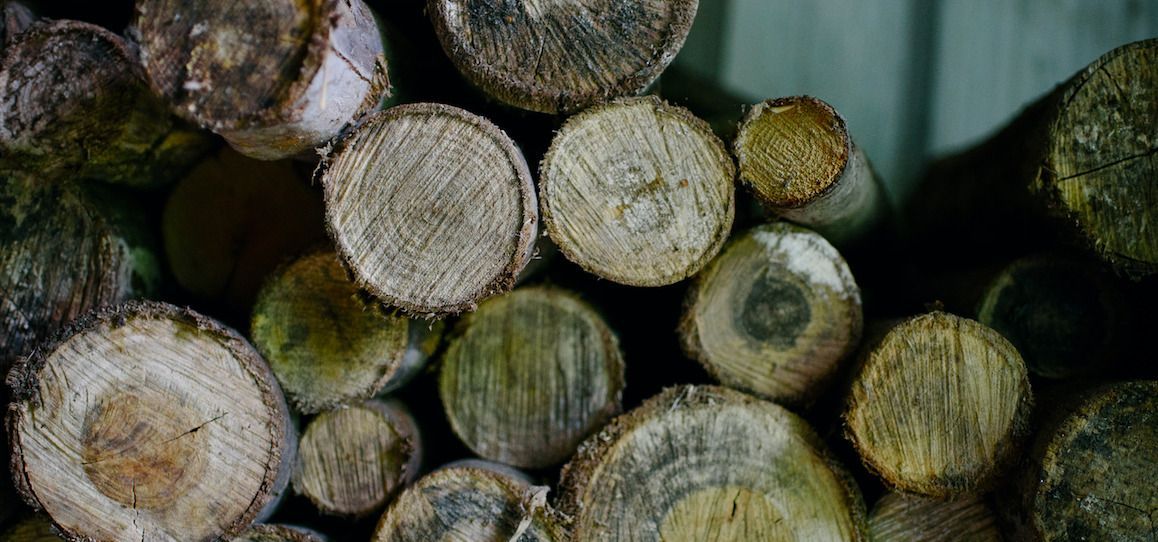
Seasoned vs. Unseasoned Wood
At its core, the difference between seasoned and unseasoned wood boils down to moisture content. Seasoned wood is dried, while unseasoned wood—or "green wood"—still contains much of the moisture it had when cut. This variance affects everything from how well it burns to how it behaves when used in carpentry.
What is Seasoned Wood?
Seasoned wood has undergone a drying process that reduces its moisture content to below 20%. The drying can be natural (air drying) or mechanical (kiln drying), but the end goal is the same: remove water to improve burn efficiency and stability. Well-seasoned wood burns cleaner, produces more heat, and is much less likely to create creosote buildup in chimneys.
What is Unseasoned Wood?
Unseasoned wood, also called green wood, retains much of its original moisture—sometimes as high as 50% or more. This moisture leads to poor combustion, heavy smoke, and inefficient heating. Using unseasoned wood in a fireplace or wood stove not only risks creosote buildup but also contributes to poor indoor air quality.
The Science Behind Wood Seasoning
Moisture content is the primary scientific factor separating seasoned and unseasoned wood. Water within wood fibers resists ignition, absorbs energy, and prevents efficient burning. Once the moisture content is lowered, the wood becomes more combustible and stable for other uses, such as woodworking.
Why Moisture Content Matters
High moisture content translates into poor combustion efficiency. The fire must first evaporate the water before the wood can burn efficiently. This leads to:
- Lower heat output
- Excessive smoke
- Creosote formation
- Increased pollution
When you choose seasoned wood, you're choosing efficiency, safety, and environmental responsibility.
Methods of Seasoning Wood
Two primary methods exist:
- Air Drying: Stack wood in a dry, ventilated area for 6-12 months.
- Kiln Drying: Use a controlled environment to lower moisture content in a matter of days or weeks.
Air drying is cost-effective for homeowners, while kiln drying is often used by commercial suppliers.
Visual Differences: How to Tell Them Apart
Seasoned and unseasoned wood look different:
- Seasoned wood: Cracked ends, duller color, lighter weight, audible "clunk" when knocked.
- Unseasoned wood: Bright color, smooth ends, heavier, damp feel.
By learning to identify these markers, buyers can avoid dishonest suppliers.
Weight and Density Differences
Because moisture adds significant weight, unseasoned wood feels heavier than its seasoned counterpart. This density difference is especially important for professionals who need precise weight estimates for transport and construction.
Burning Efficiency: A Stark Contrast
When burned, seasoned wood delivers superior heat output. In contrast, unseasoned wood sacrifices much of its energy evaporating internal moisture, providing weak and inconsistent flames.
Smoke Production and Creosote
Unseasoned wood produces thick, acrid smoke. Worse, it leads to rapid creosote buildup, a leading cause of chimney fires. Homeowners should consider using a professional chimney service like Chimney Service for regular inspections and cleanings.
Impact on Chimneys and Flues
Excessive creosote buildup not only poses a fire hazard but also requires costly maintenance. Using seasoned wood drastically reduces this risk and keeps chimneys cleaner longer.
Why Unseasoned Wood Is Risky for Fireplaces
Besides creating creosote, unseasoned wood can smolder inefficiently, causing backdrafts, smoke spillage, and even carbon monoxide accumulation.
The Environmental Perspective
Burning unseasoned wood releases more pollutants, including particulates harmful to both health and the environment. Seasoned wood is more eco-friendly, burning hotter and cleaner, reducing overall emissions.
Legal and Regulatory Considerations
In many areas, using unseasoned wood violates air quality regulations, especially in places with stringent clean-air mandates. Always check your local codes before purchasing firewood.
Cost Differences: Which Is Cheaper?
Initially, unseasoned wood may seem cheaper. However, when factoring in extra costs for:
- Chimney cleaning
- Lower heat output
- Additional fuel needed
- Potential repairs
Seasoned wood often proves to be more cost-effective over time.
Storage Requirements
Seasoned wood must stay dry to remain effective, typically stored under cover with good airflow. Unseasoned wood requires extensive drying space, making it impractical for many homeowners.
Time Needed to Season Wood
Depending on the species and climate, seasoning can take 6-24 months. Hardwoods generally take longer, while softwoods dry more quickly.
Best Wood Species for Seasoning
- Hardwoods: Oak, maple, ash, beech.
- Softwoods: Pine, spruce, fir.
Hardwoods deliver higher BTU output but require more seasoning time.
Seasoned Wood in Woodworking
In carpentry, moisture content impacts stability. Seasoned wood resists warping, shrinking, and splitting, making it ideal for fine woodworking and furniture production.
How Professionals Use Seasoned Wood
Construction experts, cabinet makers, and instrument makers rely on precisely seasoned wood to ensure durability, fit, and appearance.
Moisture Meters: A Woodworker's Best Friend
Moisture meters accurately measure internal moisture. For optimal burning or woodworking, aim for 15-20% moisture content.
Chimney Services Can Help
Even with seasoned wood, regular maintenance is critical. Schedule routine inspections with reputable providers like Chimney Service to ensure optimal safety and efficiency.
Common Myths About Seasoned and Unseasoned Wood
- Myth: Unseasoned wood burns longer.
- Fact: It smolders inefficiently.
- Myth: You can season wood indoors.
- Fact: Indoor drying is often impractical and risky.
Seasoned Wood and Insurance Benefits
Some insurers offer lower premiums for homeowners who use seasoned wood, recognizing the reduced fire risk.
The Aroma Factor
Seasoned hardwoods emit pleasant, rich aromas when burned, enhancing the cozy atmosphere of any home.
Pest Infestation Concerns
Unseasoned wood often harbors insects, fungi, and pests that can migrate into your home. Proper seasoning eliminates most of these hazards.
Expert Tips for DIY Seasoning
- Split logs for faster drying.
- Stack in single rows with airflow.
- Cover tops but leave sides exposed.
- Rotate piles every few months.
Selecting the Right Supplier
When buying firewood, ask suppliers:
- Moisture content percentage?
- Drying method used?
- Age since harvest?
- Species of wood?
Don't hesitate to contact Select Chimney Services Contact Page for expert advice on sourcing safe, seasoned wood.
FAQs
What is the ideal moisture content for seasoned wood?
Around 15-20% for optimal burning and stability.
Can I burn unseasoned wood occasionally?
It's strongly discouraged due to poor efficiency and safety concerns.
How long should I season firewood?
Generally 6-12 months for softwoods, up to 24 months for hardwoods.
Is kiln-dried wood better than air-dried?
Kiln-dried wood dries faster and more uniformly but may cost more.
Can seasoned wood still create creosote?
Yes, but significantly less than unseasoned wood.
Do some woods season faster than others?
Yes. Softwoods like pine season quicker than dense hardwoods like oak.
Conclusion
Choosing between seasoned vs. unseasoned wood involves more than just the price tag. From combustion efficiency to health and safety, seasoned wood is the clear winner. Whether you're heating your home or crafting fine furniture, make seasoned wood your top choice.
Links:
